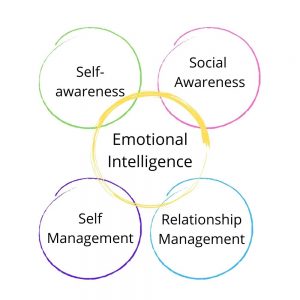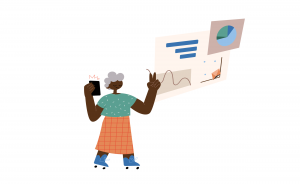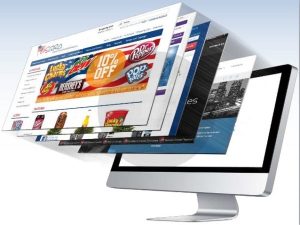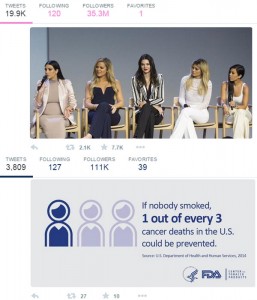Measuring Influencer Marketing
by Roger Wu , August 23, 2017
The rise of social media has given everyone with an Internet connection the opportunity to stand on their own soapbox and discuss their business, their pastimes, their lives, thus leading to influencer marketing, a digital form of word-of-mouth marketing.
It’s been challenging to figure out how to measure influencer marketing, since it is an activity where one learns about something as opposed to search where presumably one is now looking for the most efficient means to purchase that product. We know that the last click standard of search does not apply to influencer marketing since the context, intent, and mindset of the customer is completely different than that of searchers.
The next metric marketers looked at was exposure. Our social media accounts give us a plethora of statistics: followers, likes, shares, comments, retweets, and on and on, which we can transform into popularity and exposure. However, because this data determines many rate cards, there is the risk of these numbers being inflated and gamed. Thus, many of us might be paying for “viewability” by fake followers, comments that are excerpts from a Dickens’ novel, or likes that were executed by bots.
Can we determine what is the true effectiveness of an influencer? We recently partnered with a data company to answer this question. The key metric that we looked at was “searches.” Like many products that we don’t buy without doing substantial amounts of research, travel is a big-ticket item where we not only need time to go on the trip but money to purchase it. Therefore, performing a search showed that the content did its job: to get you interested in traveling to the destination.
The test case, Gettysburg, Penn., the famed locale of President Lincoln’s address, and Harrisburg International Airport were the measured metrics. Content created for Gettysburg was about other activities the city offered beyond U.S. history and was targeted toward the “drive” market. The results: about 1.2% of readers performed a flight search with 14.8% booking, while 3.8% of readers performed a hotel search with 6.8% booking both within a 90 day window. It should be stressed that content is not a direct response tool, however, these stories show that influencer content does intersect with the customer’s path to purchase.
Influencer marketing is an emerging, effective new form of marketing that covers a variety of facets from content to social media. However, we need to hold influencer marketing to a much more effective measure than followers or engagement, while still being realistic that people are not going to be clicking through to purchase since they really were looking for entertainment.
We need to understand that influencer marketing is at the high end of the funnel, but the influencers we work with and hire need their content to be like a tollbooth on the customer’s journey on the sales highway. Most importantly, we need to determine what an influencer’s “true influence” is; that is who can make their followers take action? I believe that search intent is that first step.
MediaPost.com: Search Marketing Daily
(65)





